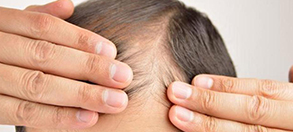Dr. Chang-Hun Huh Among your publications, you recently had a peer-reviewed manuscript titled, “Characteristics of robotically harvested hair follicles in Koreans.” Can you tell us in a simple manner, and 1-2 sentences, what the take away would be for an average person considering Artas robotic hair harvesting?
Any patient can be operated by ARTAS. Not only AGA, but scar alopecia patients also can be operated by ARTAS. The only exceptions are those who have active inflammation on hair follicles, like Alopecia areata or active cicatricial alopecia patients.
You use a special instrument called the Artas in the study, do you have certain criteria to distinguish non-candidates?
Those who can find it affordable. (Higher price than other conventional methods.) Also, those who have relatively wide donor area.
What is the most number of grafts you feel the Artas can harvest in one patient from one visit?
The maximum number can be 3,000 Follicular units, but 2000 Follicular units are (usually more) tolerable in 1 day operations.
What general advice do you give to the typical male or female with androgenetic alopecia?
Hair transplantation cannot prevent further hair loss.
Approximately, how often do you do a scalp biopsy on a hair loss patient?
Only in cicatricial alopecia. Not in Androgenetic alopecica patients.
What do you see as the most promising development in hair loss research in the next 5 years that will have practical/clinical application?
Slit device & Stem cell treatments will be helpful.
Read more hair expert interviews.


